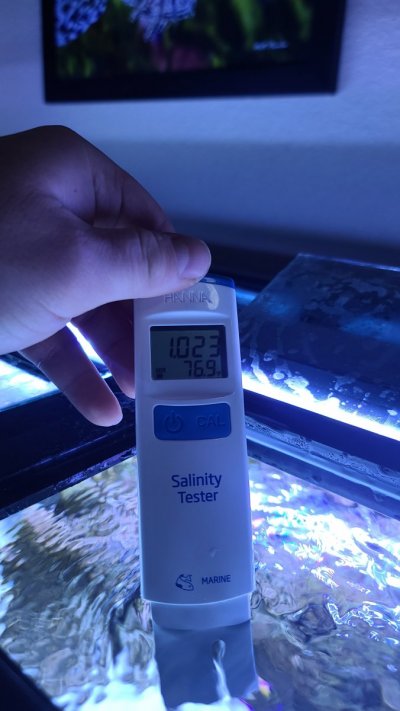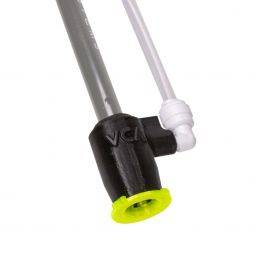Daniel@R2R
Living the Reef Life
View Badges
Staff member
Super Moderator
Reef Squad
Partner Member 2024
Excellence Award
Photo of the Month
Article Contributor
Hospitality Award
Article Administrator
Reef Pumpkin Carver
R2R Secret Santa 2023
My Tank Thread
I love my Hanna salinity tester. I have found it to be really reliable, but sometimes I really wish that monitoring salinity could be as easy as using a salinity probe (a la tank temperature and pH). However, IME (and it seems I'm not the oddball) salinity probes just aren't that reliable. What is it that makes this an issue? What could be done to have a more reliable way to monitor salinity?
Photo credit: @aquaman3680

Photo credit: @aquaman3680






















